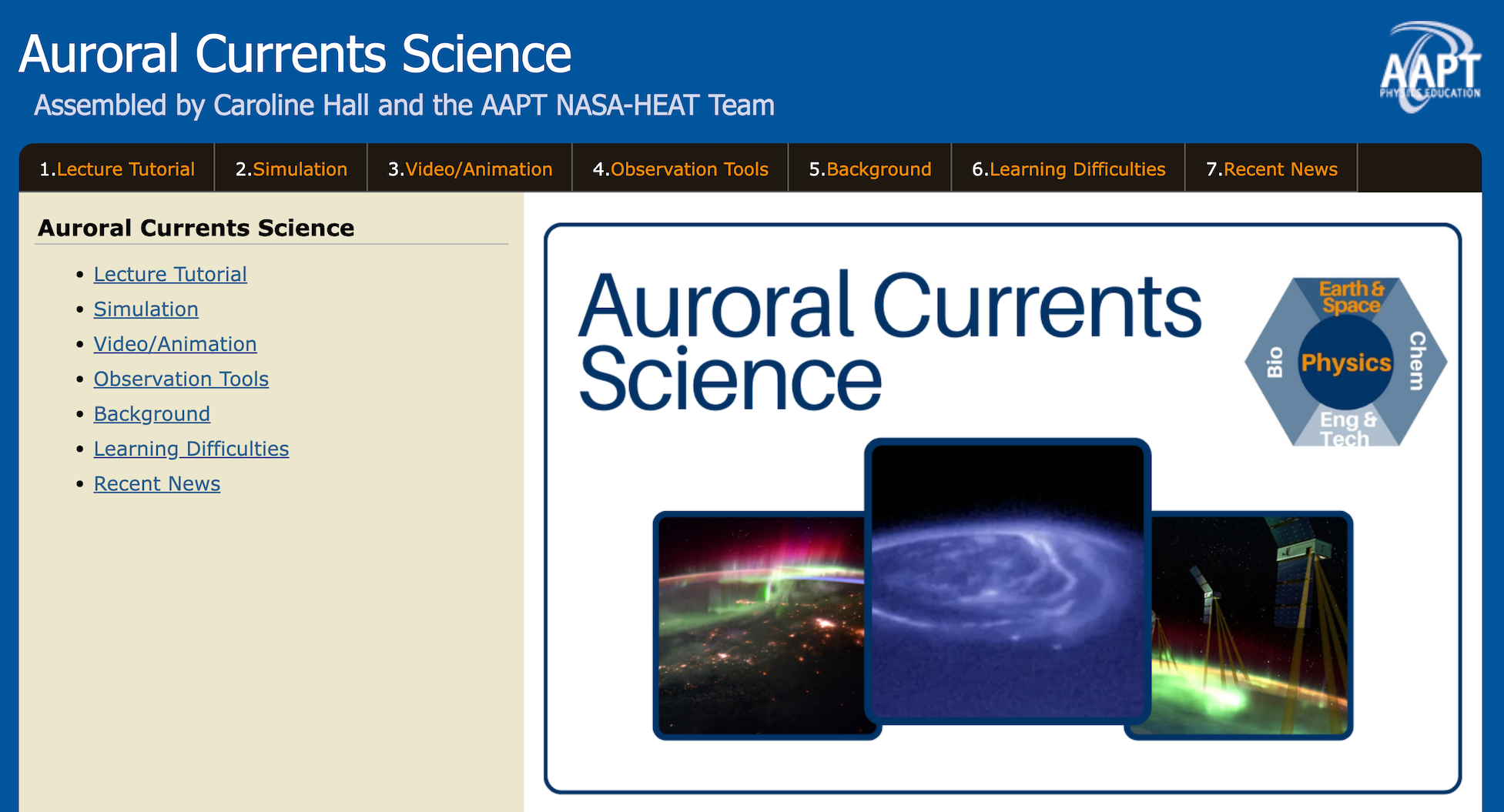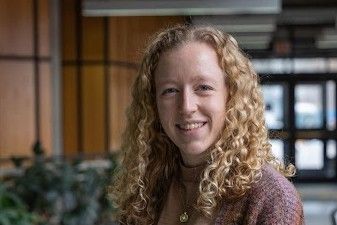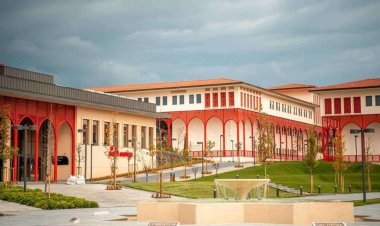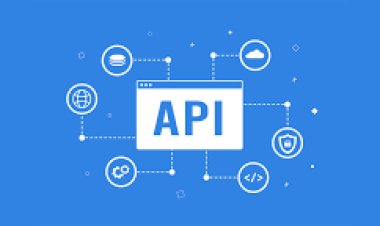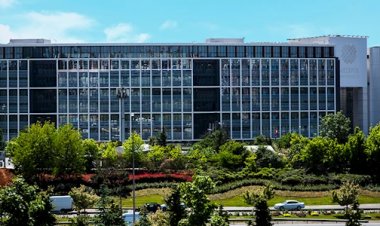Integrating Relevant Science Investigations into Migrant Children Education
For three weeks in August, over 100 migrant children (ages 3-15) got to engage in hands-on activities involving blueberries, pollinators, and eDNA as part of their time with The Blueberry Harvest School (BHS). BHS is a summer school program for migrant children whose families work in Washington County, Maine during the wild blueberry harvest season. […]

3 min read
Integrating Relevant Science Investigations into Migrant Children Education
For three weeks in August, over 100 migrant children (ages 3-15) got to engage in hands-on activities involving blueberries, pollinators, and eDNA as part of their time with The Blueberry Harvest School (BHS). BHS is a summer school program for migrant children whose families work in Washington County, Maine during the wild blueberry harvest season. The program is hosted by Mano en Mano in Milbridge, Maine. This summer, University of Maine 4-H (part of the NASA Science Activation Program’s Learning Ecosystems Northeast team) was invited to deliver enrichment programs during the school day alongside a seasoned BHS employee – an educator from the Mi’kmaq community in what is now known as Nova Scotia.
The goal of BHS is to meet the needs of youth by providing “culturally responsive, project-based learning while preventing summer learning loss and compensating for school disruptions among students” (Mano en Mano). Migrant families come to Downeast from Mi’kmaq First Nation communities in Nova Scotia and New Brunswick, southern states, and from within Maine, including Passamoquoddy communities in eastern Washington County and a Latino community in the western part of the county. Families stay to harvest blueberries anywhere from two to five weeks. With support from 4-H educators, youth surveyed the schoolyard for pollinators, investigated the parts of pollinators and flowers, and learned why blueberries are an important part of Wabanaki culture.
“BHS really becomes a home for the children while they are here. I think one of the reasons is because they are encouraged to be proud of their identity and who they are – they get to be their authentic selves. It’s a neat space where teachers and youth are speaking Mi’kmaq, Passamaquoddy, Spanish and English while supporting each other, and learning and experiencing new things.” — Gabrielle Brodek, 4-H Professional
“After completing my second year helping at Blueberry Harvest School, I loved seeing the returning faces of the kids who have been coming year after year – the kids remember you and hug you and are sad when the season is over and BHS ends.” — Jason Palomo, 4-H Professional
Resources and inspiration for these activities came from NASA Climate Kids, Gulf of Maine Research Institute’s Bees, Blueberries, and Climate Change learning module, National 4-H and ME Ag in the Classroom. On the last day youth experienced how to make a natural dye out of blueberries, a long-standing tradition in Native American culture. Our organizations continue to work together year-round, building stronger relationships and planning for Summer 2025!
The Learning Ecosystems Northeast project is supported by NASA under cooperative agreement award number NNX16AB94A and is part of NASA’s Science Activation Portfolio. Learn more about how Science Activation connects NASA science experts, real content, and experiences with community leaders to do science in ways that activate minds and promote deeper understanding of our world and beyond: https://science.nasa.gov/learn

 Bilgi
Bilgi 
